Hummingbirds Adore These 7 Native Plants and so Will You – Grow These Low-Maintenance Flowers to Keep Hummers Happy
For hummingbird-friendly plants and flowers that are easy to establish and maintain, you need to go native. Here are the best native plants for hummingbirds
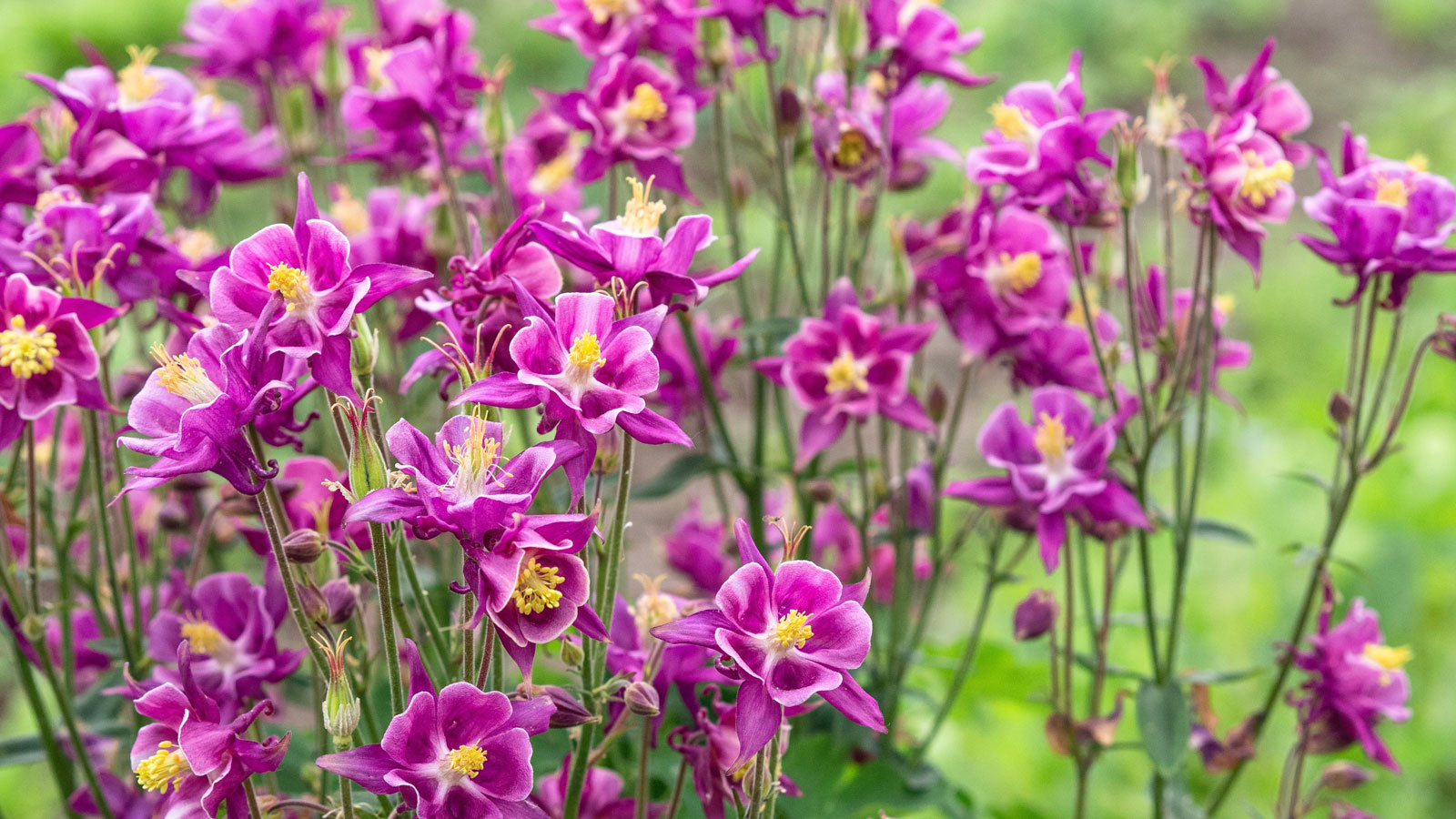
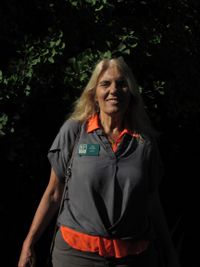
While exotic plants may be unique and showy, there’s no guarantee that they are going to thrive in your region. Nor is it certain that the nectar their flowers provide will attract local birds, including hummingbirds. But native plants for hummingbirds will delight your avian guests – whilst thriving in conditions best suited to their growth habit and flowering potential. They have thrived for years in the climate and soil conditions your neighborhood offers, and local hummers have evolved with them.
There are many native plants, each with enticing qualities. But some are better than others when it comes to attracting hummingbirds. Be sure to select plants that bloom throughout the hummingbird season and cater to their preferences whilst also working in harmony with your garden in a low maintenance planting scheme. Here is a shortlist of some favorite native hummingbird plants to grow for happy hummers.
1. Trumpet Honeysuckle

Trumpet honeysuckle (Lonicera sempervirens) is a twining perennial vine native to the southeastern United States, and one of the best native plants for hummingbirds. It is also called coral honeysuckle and woodbine. This vine leafs out early in spring and grows rapidly, producing big, nectar-rich flowers. These are most often bright red or orange and bloom from early spring to fall. The plant provides three months or more of food for hummers. Trumpet honeysuckle is one of the best native plants for hummingbirds.
Plant it with a trellis or other support structure so that hummers can get to the flowers easily. The more sun the vine gets, the more flowers it produces. It thrives in USDA hardiness zones 4-9. You can buy Florida Foliage Store’s Trumpet Honeysuckle in packs of 3 live plants from Amazon.
2. Manzanita

Manzanita (Arctostaphylos spp.) grows wild in western North America, especially in chaparral, oak woodlands, and coniferous forests. These shrubs are wonderful hummingbird native plants, since they bloom well before other plants. They flower from late winter to early spring, offering a crucial nectar source when other food for pollinators is scarce.
The flowers of manzanita plants are small and urn-shaped, providing ample nectar to attract hummingbirds. There are many species in different sizes and shapes, all of them drought tolerant. They also offer eye candy to the gardener with their lovely foliage and peeling bark. They thrive in USDA hardiness zones 8-10. Buy ‘Howard McMinn’ Manzanita as live plants from Nature Hills.
3. Penstemon
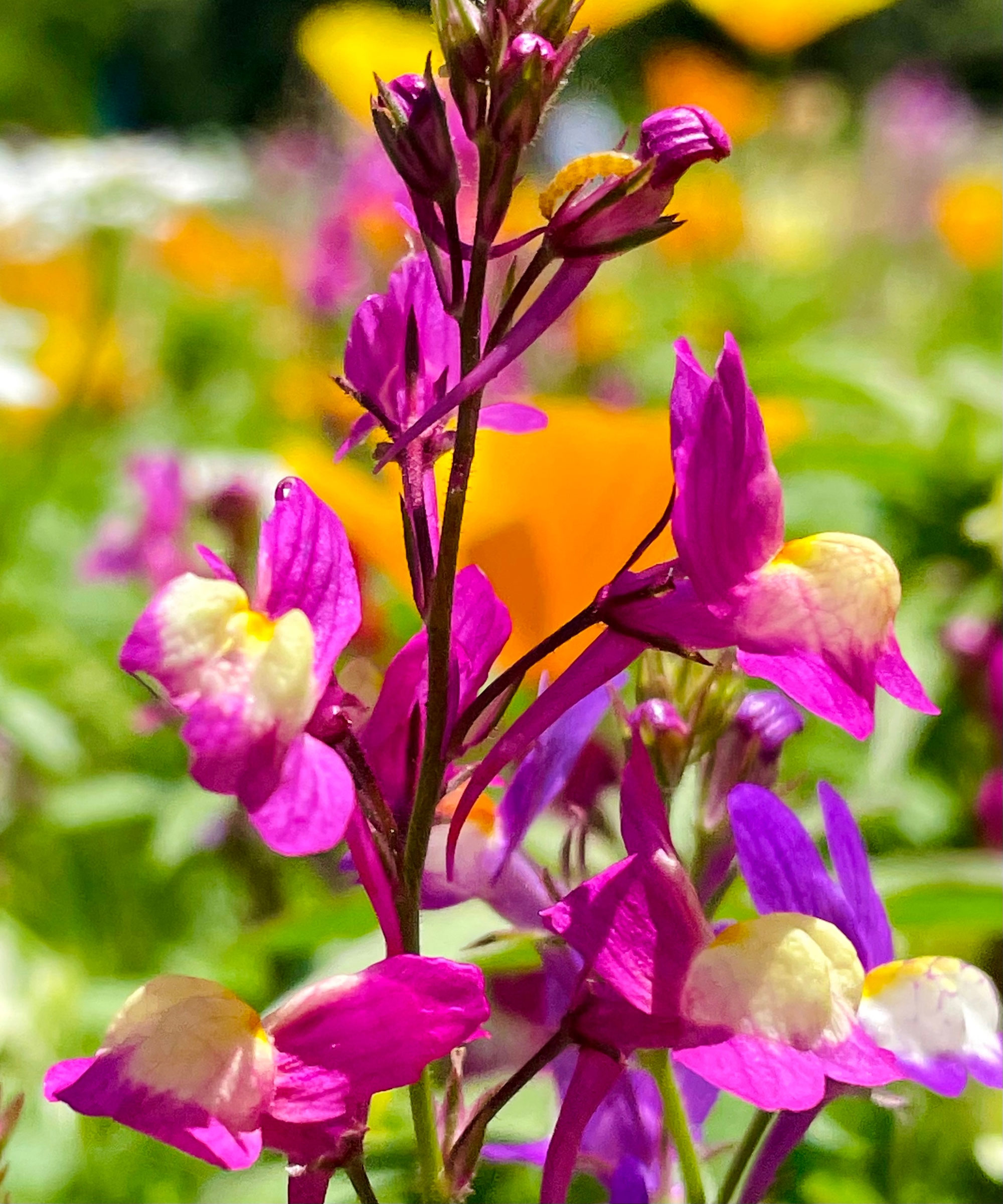
You may know this attractive native plant (Penstemon spp.) as beardtongue. It produces bright tubular-shaped flowers, often in shades of red, pink or purple, which are very attractive to hummingbirds. All penstemon species attract hummingbirds, so you can pick one or two that appeal to you. For a pop of red, buy Penstemon ‘Husker Red’ as live plants from Burpee.
You’ll find varieties that thrive across many hardiness zones, but all require full sun locations. They bloom early, and are an early-season source of nectar, but some varieties also rebloom deep into summer. These perennials for pollinators thrive in USDA hardiness zones 3-8.
Sign up for the Gardening Know How newsletter today and receive a free copy of our e-book "How to Grow Delicious Tomatoes".
4. Salvia
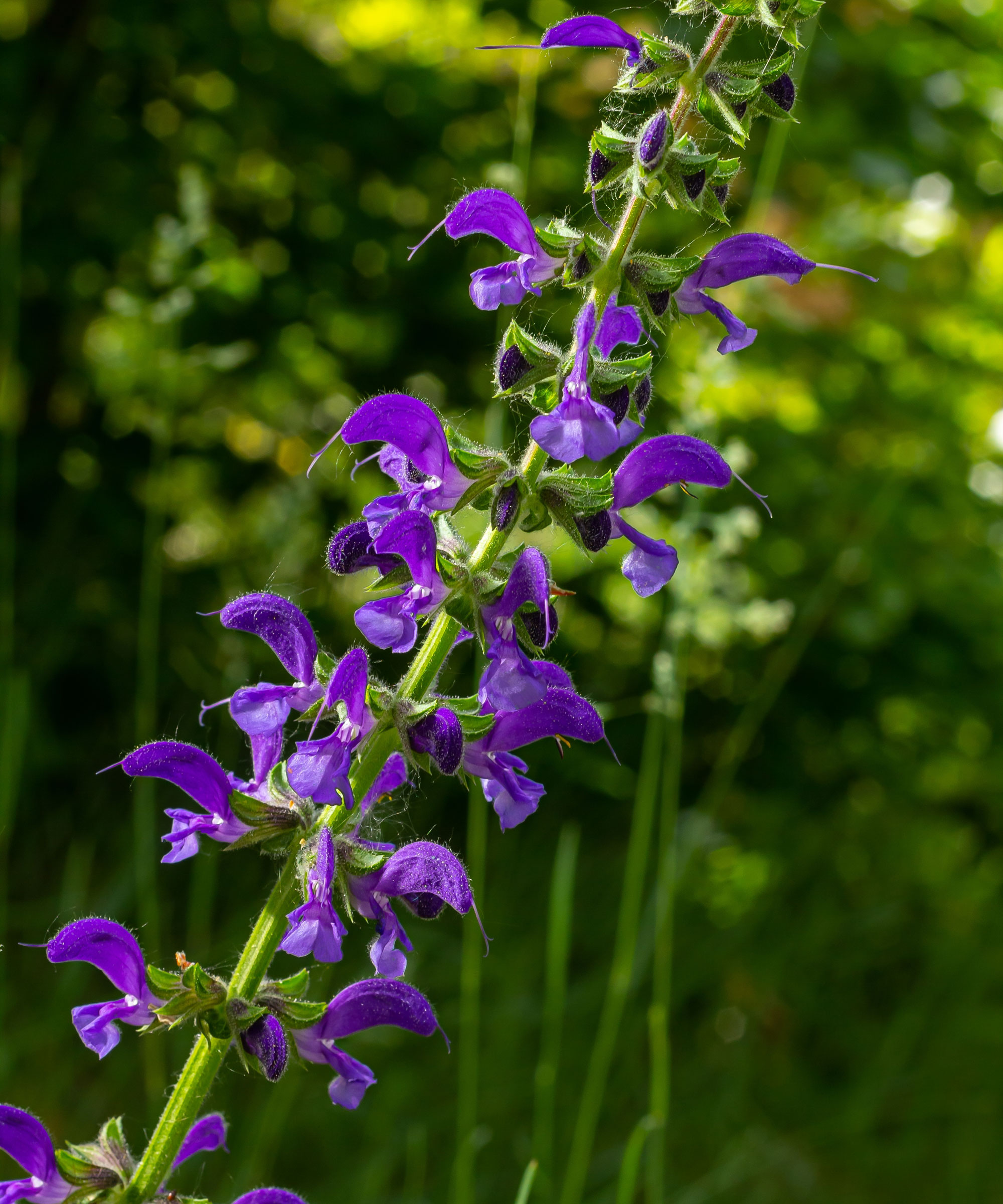
Salvia (Salvia spp.) is a large genus with many diverse species, so you are sure to find something that fits in your ecosystem. Native varieties produce the most nectar and will please more hummers. A hummingbird’s tongue is long – it can extend twice the length of its bill – and is tailor-made for the tube-shaped salvia flowers.
Planting a salvia variety will provide food for hummers all season long. Just ensure you grow them where they will receive a lot of direct light and warmth, as these are full sun hummingbird plants. While salvias are said to be hardy in zones 3-11, varieties have different ranges, so check before you buy. You can buy Salvia ‘Violet Blue’ live plants from Amazon.
5. Columbine
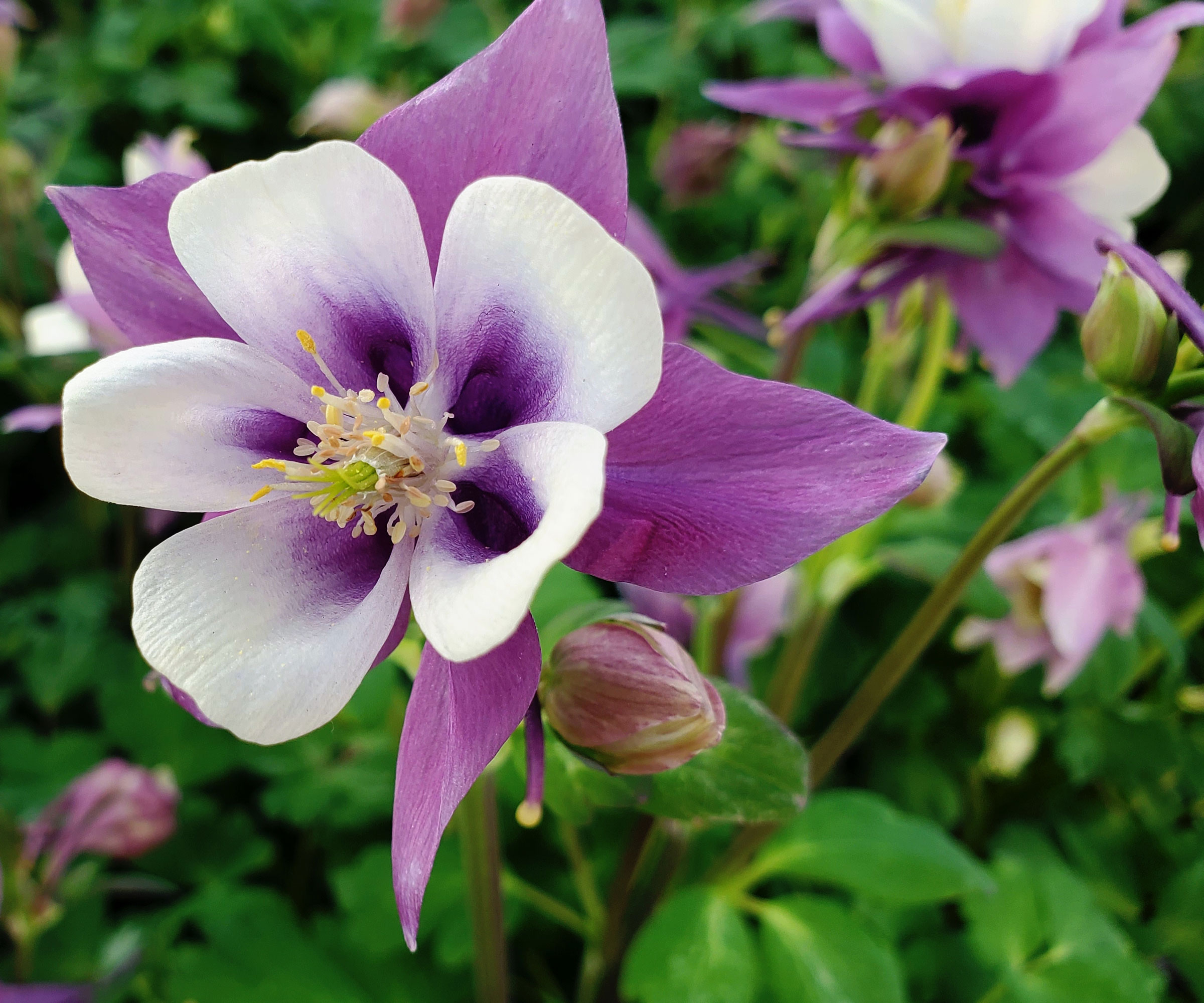
Columbine wildflowers (Aquilegia chrysantha) have unusual bell-like flowers that happen to open just when the hummingbirds fly north for the spring. Nobody knows if the nectar-rich flowers evolved to bloom in spring so that they can be pollinated by the hummingbirds, or if the pollinator returns in spring to gorge on the columbine flower’s nectar. But clearly, the species have evolved together and make a good pair. Hummingbird tongues delve deep to get the high-sugar-content nectar.
Migrating hummingbirds require a lot of nectar to survive, visiting a lot of flowers and transporting pollen from one columbine to the next. Columbines are tough shade plants for hummingbirds – they are drought-tolerant, but they prefer moist, well-drained conditions. They thrive in USDA hardiness zones 3-8. You can buy Columbines from Burpee as live plants and seeds, including ‘Early Bird’ and ‘Blue Star’ varieties.
6. Red Birds in a Tree
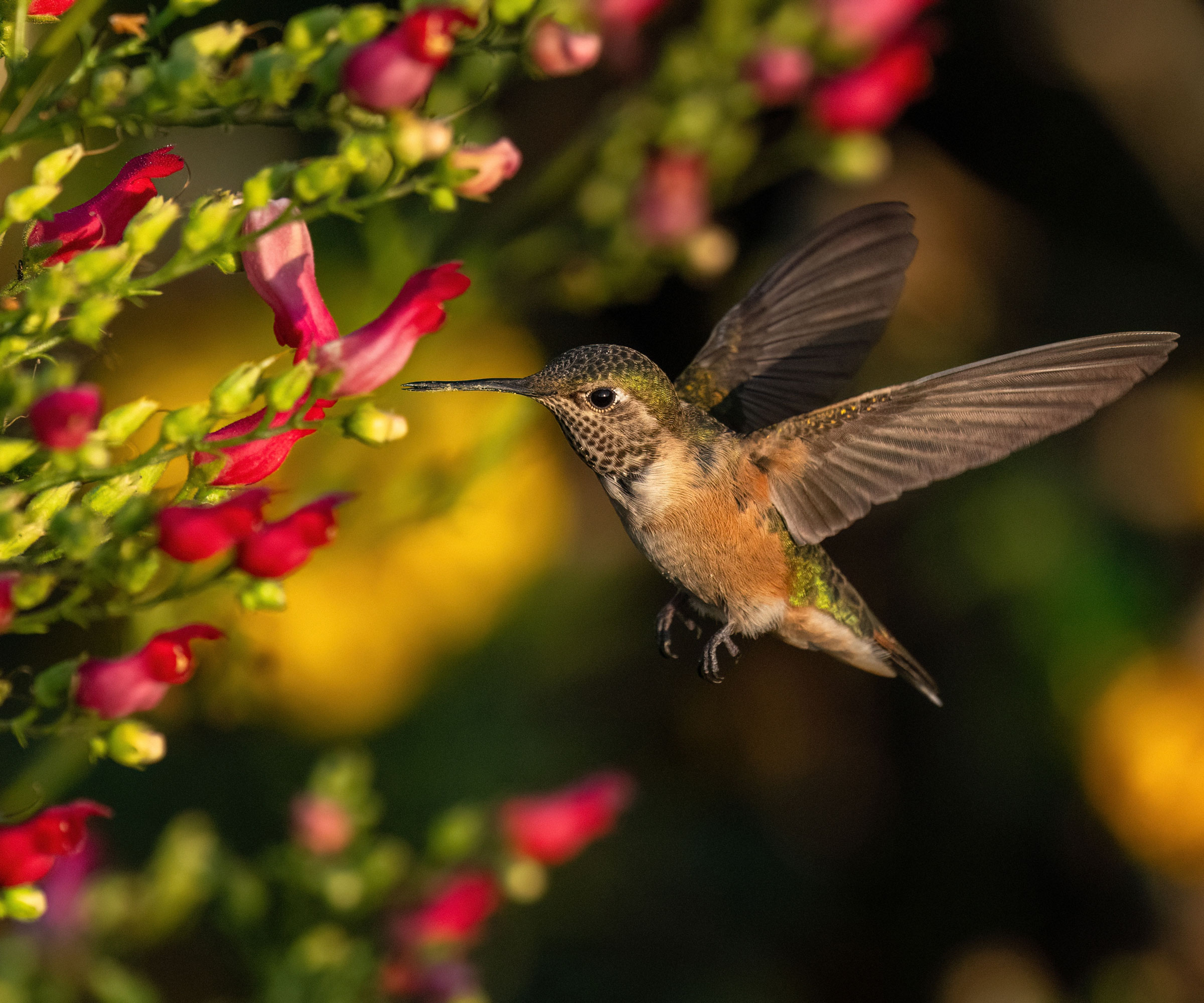
Red birds in a tree (Scrophularia macrantha) is one plant which is a hummingbird’s dream. The tiny pollinators are attracted to the cherry-red tubular blooms which look like little birds themselves. They bloom without stopping from spring through fall – and never need to be deadheaded. This native plant also has dark green, toothed leaves.
Once red birds in a tree are established, they require little care, like many native plants. They are drought tolerant and suitable for xeriscaping. The plant is native to New Mexico and grows well in both full sun and part shade. Plant near a support structure in the back of a border. The Amagabeli 4-Pack Trellis from Amazon is a lovely rust-proof wrought iron trellis option. This plant thrives in USDA hardiness zones 4-9.
7. Hummingbird Trumpet
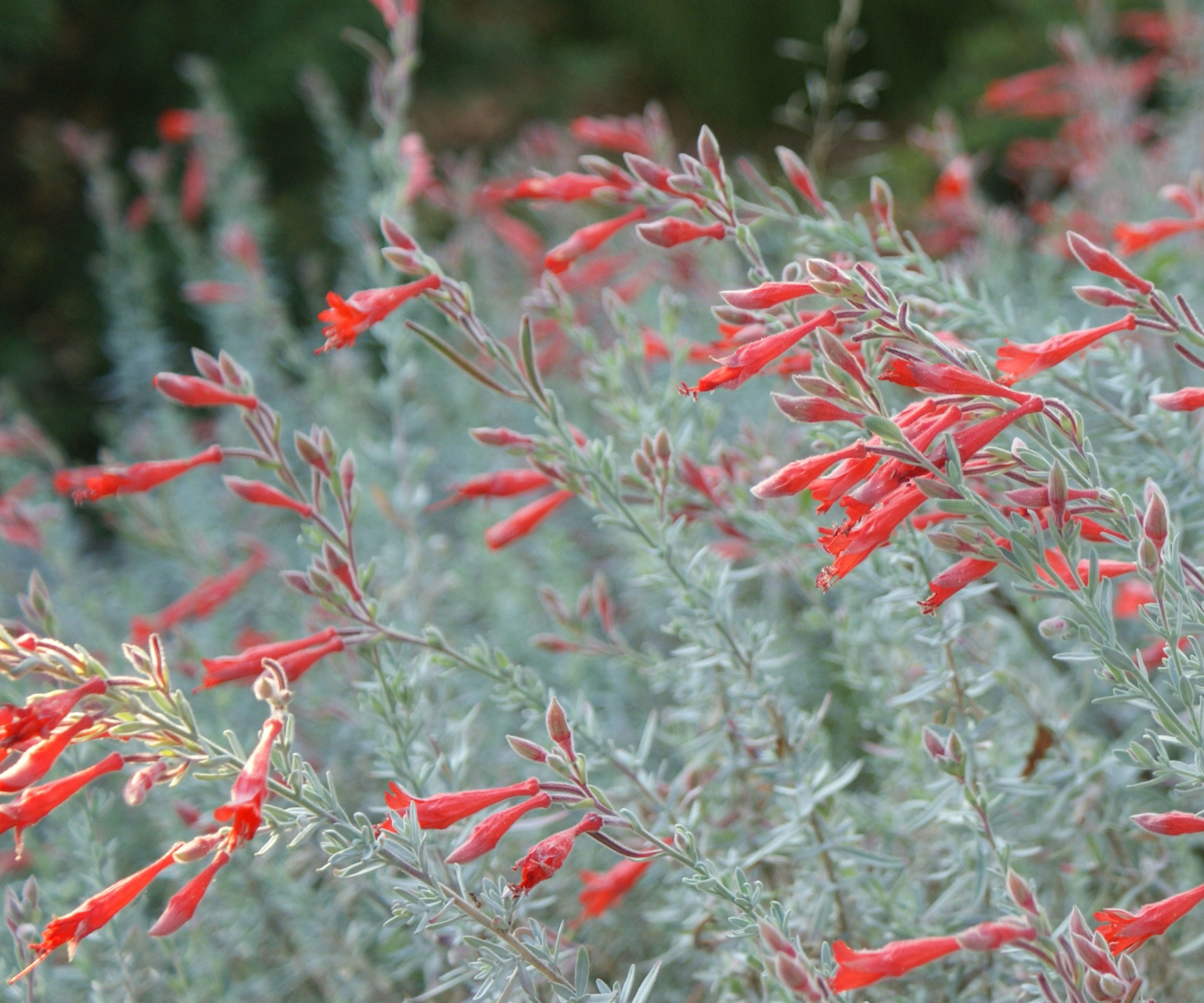
Hummingbird trumpet (Epilobium canum) is also known as California fuchsia. It is a fast-spreading groundcover native to the west. Its leaves are a dull, gray-green, but the flowers more than compensate. They are brilliant scarlet, trumpet-shaped flowers, spilling from the ends of the stems. The blooms typically orient in the same direction, making each plant seem lush and appealing.
Hummingbird trumpet is beloved by hummers for the bright red flowers filled with sugar-rich nectar. These plants are a good choice for a native garden designed for hummers, given their unusual flowering period. They bloom late in the season, providing food for the birds from August to October, when hummingbirds are undertaking their southward migration. These native flowers that attract birds thrive in USDA hardiness zones 4-9. For a similarly striking red tubular flowered native, buy ‘Vulcan Red’ Lobelia as live plants from Burpee.
Need more ideas for pollinator-friendly gardens and seasonal expert advice delivered straight to your inbox? Sign up for the free Gardening Know How Newsletter!
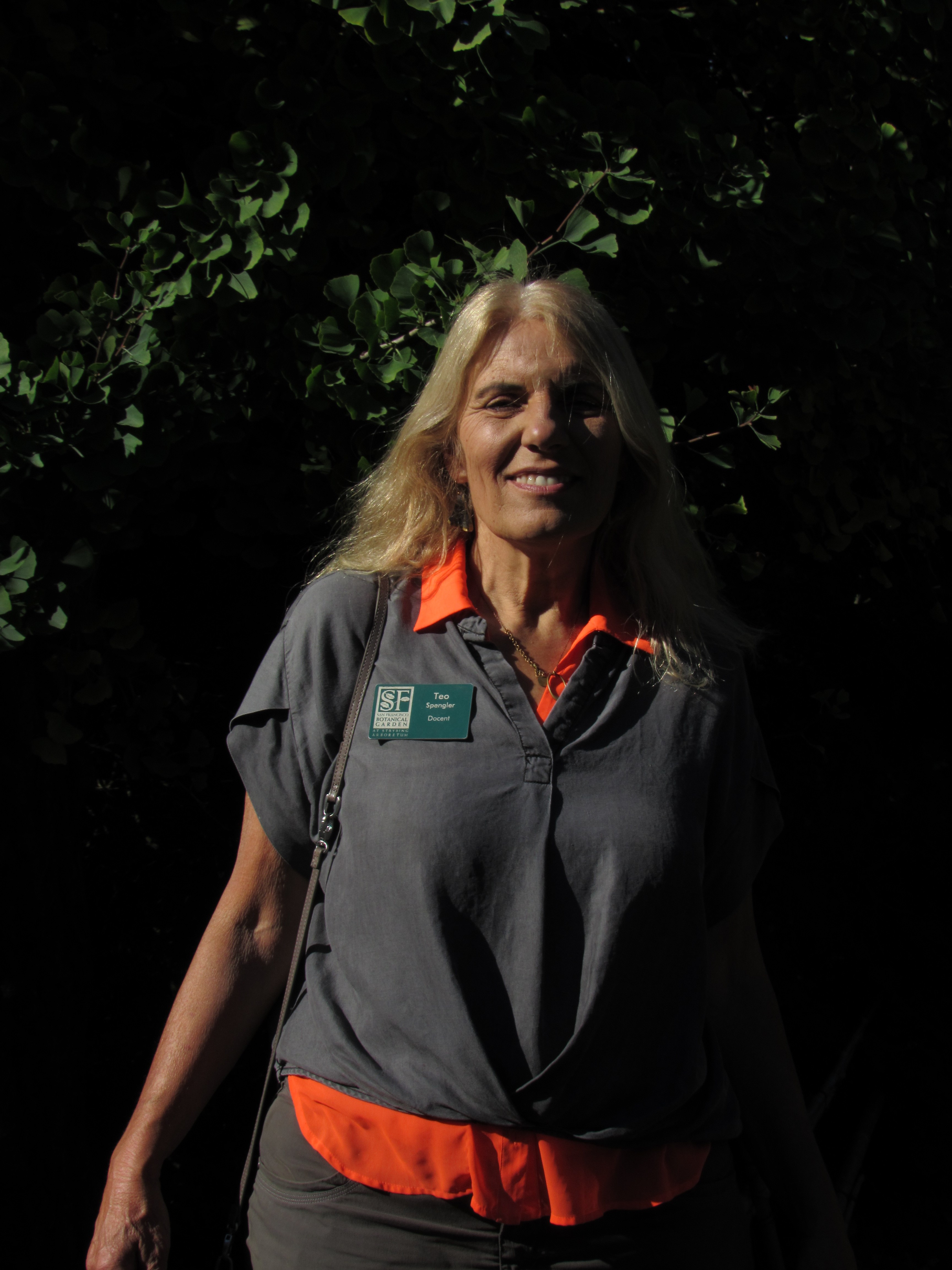
Teo Spengler is a master gardener and a docent at the San Francisco Botanical Garden, where she hosts public tours. She has studied horticulture and written about nature, trees, plants, and gardening for more than two decades, following a career as an attorney and legal writer. Her extended family includes some 30 houseplants and hundreds of outdoor plants, including 250 trees, which are her main passion. Spengler currently splits her life between San Francisco and the French Basque Country, though she was raised in Alaska, giving her experience of gardening in a range of climates.
